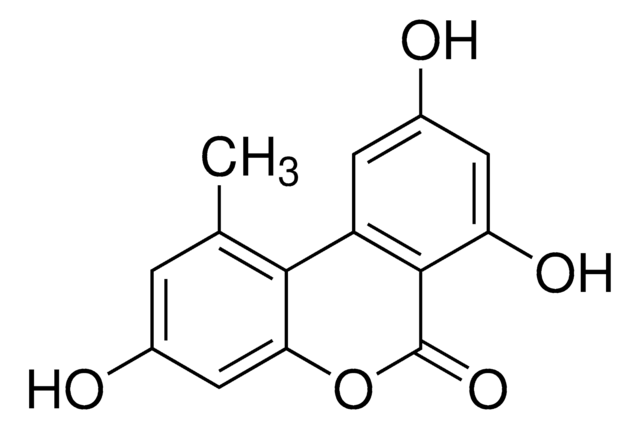A0737
N-acetylcysteine amide
≥98% (HPLC), lyophilized powder, antioxidant
Synonym(s):
(R)- 2-(Acetylamino)-3-mercapto-Propanamide, AD4, N-Acetyl-L-cysteinamide, NACA, acetylcysteinamide
About This Item
Recommended Products
product name
N-acetylcysteine amide, ≥98% (HPLC)
Quality Level
Assay
≥98% (HPLC)
form
lyophilized powder
storage condition
desiccated
color
white to off-white
solubility
H2O: ≥20 mg/mL
DMSO: >40 mg/mL
storage temp.
2-8°C
SMILES string
CC(=O)N[C@@H](CS)C(N)=O
InChI
1S/C5H10N2O2S/c1-3(8)7-4(2-10)5(6)9/h4,10H,2H2,1H3,(H2,6,9)(H,7,8)/t4-/m0/s1
InChI key
UJCHIZDEQZMODR-BYPYZUCNSA-N
Application
- to protect retinal pigment epithelium (RPE) from oxidative stress
- to show that increased expression of cell adhesion molecule 4 (CADM4) in oligodendrocytes inhibits myelination
- to protect cells from apoptosis induced by shikonin plus erlotinib/gefitinib
- as a component in various culture media
Biochem/physiol Actions
Other Notes
Signal Word
Warning
Hazard Statements
Precautionary Statements
Hazard Classifications
Acute Tox. 4 Oral
Storage Class Code
11 - Combustible Solids
WGK
WGK 3
Flash Point(F)
Not applicable
Flash Point(C)
Not applicable
Certificates of Analysis (COA)
Search for Certificates of Analysis (COA) by entering the products Lot/Batch Number. Lot and Batch Numbers can be found on a product’s label following the words ‘Lot’ or ‘Batch’.
Already Own This Product?
Find documentation for the products that you have recently purchased in the Document Library.
Customers Also Viewed
Articles
DISCOVER Bioactive Small Molecules for Nitric Oxide & Cell Stress Research
DISCOVER Bioactive Small Molecules for Nitric Oxide & Cell Stress Research
DISCOVER Bioactive Small Molecules for Nitric Oxide & Cell Stress Research
DISCOVER Bioactive Small Molecules for Nitric Oxide & Cell Stress Research
Our team of scientists has experience in all areas of research including Life Science, Material Science, Chemical Synthesis, Chromatography, Analytical and many others.
Contact Technical Service








